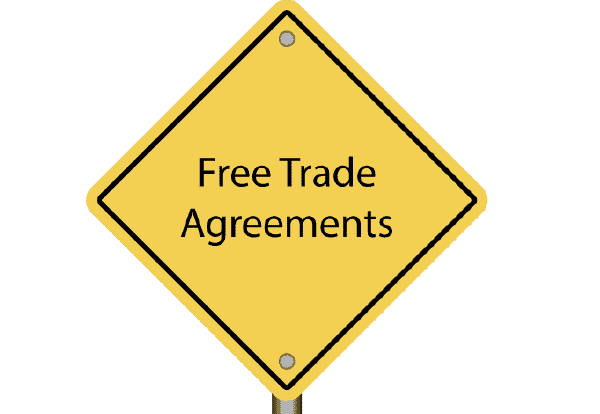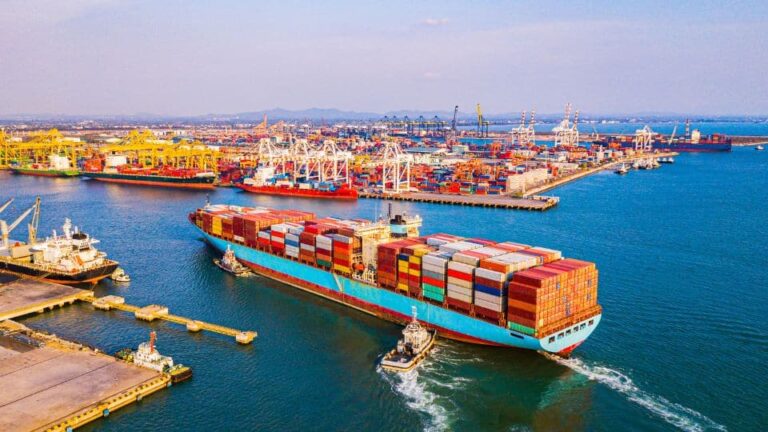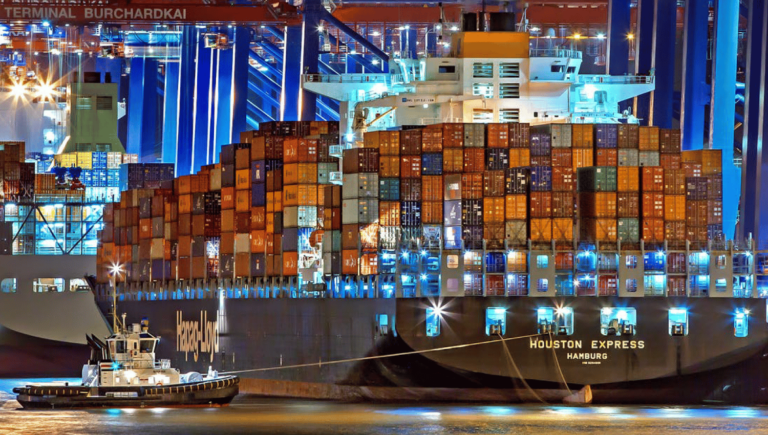Free Trade Agreements: An Important Component in Today’s Global Business World
The business world is ‘going global’ faster than most of us can even begin to write a business plan. If you are thinking of starting an export business or perhaps trying to figure out how to expand your business so as to participate in all things global, you’re in the right place.
The key to, and perhaps one of the best tools for exporting goods, is understanding Free Trade Agreements (FTA), and how you can benefit from them.
What is a Free Trade Agreement (FTA)?
Proven to be one of the most successful ways to open up foreign markets to U.S. exporters, FTA reduces barriers to U.S. exports and protects U.S. interests. This reduction in trade barriers has created a steadfast investment environment, which in turn makes it less expensive for American companies to export products and services to trading partner markets.
U.S. merchandise exports to FTA partners increased 4 percent from 2013 to 2014; totaling $765 billion with an additional trade surplus in manufactured goods of $55 billion.
Benefits of Free Trade Agreements by Country
(Each FTA has rules and requirements. Be sure to review the full details set forth by the International Trade Administration.)
- Australia – Because of the U.S.-Australia FTA, 99% of tariffs (which average 4.3 percent) on U.S. manufactured goods have been eliminated. The top imports for Australia are engines, machinery, vehicles, and medical equipment.
- Bahrain – As the first country on the Arabian peninsula to enter an FTA with the United States, Bahrain is known for its progressive banking center and is considered the top banking establishment in the Middle East. The top exports to Bahrain from the U.S. are aircraft, vehicles, and machines, along with milk, eggs, and other dairy products.
- Chile – As of January 1, 2015, 100% of U.S. exports to Chile are duty-free. Top imports for this country include oil, machines, vehicles, and electronic goods.
- Colombia – More than half of U.S. agricultural exports are duty-free in Colombia, along with 80% of construction equipment, aircraft, and parts, as well as information technology equipment. The top exports to Colombia from the United States are oil, machines, and cereal.
- DR-CAFTA – The Dominican Republic-Central America-United States Free Trade Agreement (Costa Rica, Dominican Republic, Guatemala, El Salvador, Nicaragua, and Honduras) states that 100 percent of U.S. consumer and industrial goods exports to the CAFTA-DR countries are no longer subject to tariffs as of 2015. Fabric mill products (typically cotton products) are the top export to these countries.
- Israel – This tiny nation was the very first to enter an FTA with the United States and all American exports are duty-free. The top imports for Israel are electronics and machinery, along with gems, precious metals, and coins.
- Jordan – The U.S.-Jordan Free Trade Agreement (FTA) is more extensive than most others and duties are not yet eliminated. “The FTA also includes – for the first time ever in the text of a trade agreement – provisions addressing trade and environment (Article 5), trade and labor (Article 6), and electronic commerce (Article 7). Other provisions address intellectual property rights protection(Article 4), balance of payments (Article 11), rules of origin(Article 14), safeguards (Article 10), and procedural matters (Articles 16 and 17).” Top exports to Jordan include vehicles, aircraft, and oil.
- Korea – More than 80% of U.S. exports are duty-free. The top imports include electronics, machines, medical equipment, oil, and cereal.
- Morocco – With this FTA, 95% of U.S. consumer and industrial goods exported to Morocco do not pay tariffs. The top American exports are dairy, soybean meal, and cotton.
- NAFTA (Canada and Mexico) – All tariffs and duties are eliminated when trading from the United States to Canada and Mexico given NAFTA requirements are met. Top exports to both countries include vehicles, machinery, oil, and plastics.
- Oman – While 87% of agricultural goods are duty-free, most other goods are not. There is, however, an agreement in place to phase out duties by 2019. Oman’s top imports are machines, vehicles, rubber, iron, and steel.
- Panama – This FTA states that 87% of U.S. industrial goods are duty-free. Oil, cars, and medicine are the top imports here.
- Peru – 80% of U.S. consumer and industrial goods exports to Peru are no longer subject to tariffs. Top imports include oil, machines, plastics, and cereal.
- Singapore – All tariffs for American goods are set to zero, and this particular FTA has helped the United States establish a presence in Southeast Asia. Top exports from the U.S. to Singapore include electronics, machines, aircraft, and oil.
Whether you are in the business of exporting, or just thinking about it, understanding Free Trade Agreements provides the knowledge to estimate duty and tariff taxes (if any), as well as determine which products will have the most success.







